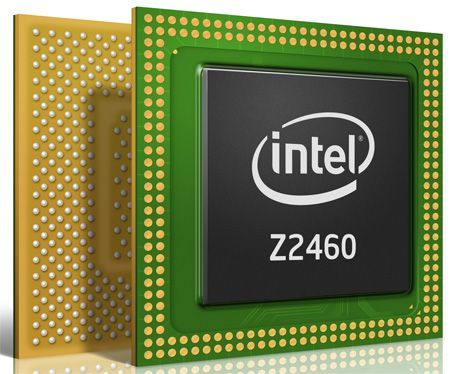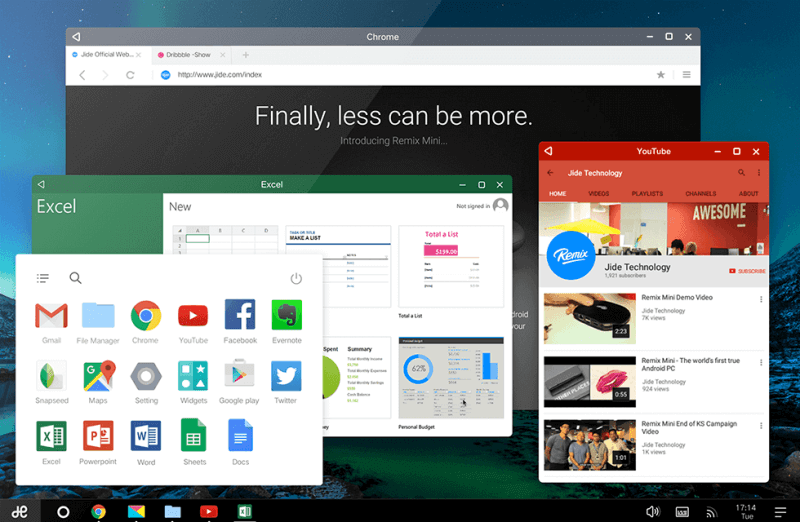

Although Android uses Java as its principle programming language, it also allows programmers to take their existing code (in C or C++, for example) and create apps. For Android, ARM is the de-facto standard and this leads to a problem for Intel and MIPS. ARM’s partners have shipped 50 billion chips based on its designs, all for mobile and embedded markets. So the right core is used at the right time.ĪRM is the current leader in terms of mobile processors. You don’t need super fast out-of-order execution to background sync your emails, but you do when playing complex games. In an big.LITTLE processor there can be Cortex-A53 and Cortex-A57 cores, and the cores are used according to the demands being made. But the Cortex-A57 uses out-of-order-execution, meaning it is faster but uses more power. The ARM Cortex-A53 uses in-order execution, meaning it uses less power. But with heterogeneous computing that isn’t a problem.


On Intel processors the designers choose to implement out-of-order-execution or not. But as you can imagine that is some really complex technology. Both Intel and ARM have out-of-order-execution logic. There is some clever logic to work out if the next instruction relies on the result of the instruction ahead of it. This principle of using more complex logic in the processor for better performance, and less complex logic for high efficiency, doesn't only apply to the instruction pipeline.To make things even faster these pipelines can be built so that instructions can actually be executed in a different order than in the program. To do this, the CPU needs to fetch the number from address-1 (one operation), fetch the number from address-2 (second operation), add the two numbers (third operation) and so on. For example a CISC CPU can be told to add together two numbers stored in main memory. CISC instructions express a single idea, but the CPU will need to execute 3 or 4 more simplified instructions to perform it. add the contents of two registers together. By atomic, I mean that each instruction roughly translates to a single operation that the CPU can perform, e.g. In simplified (and I emphasize, “simplified”) layman’s terms, RISC instructions sets are smaller, more atomic, while CISC instruction sets are larger, more complex. At the highest level, the first difference between an ARM CPU and an Intel CPU is that the former is RISC (Reduced Instruction Set Computing) and the latter is CISC (Complex Instruction Set Computing). A power hungry, hog of a CPU will drain your battery fast, however an elegant and efficient CPU will give you both performance and battery life. Intel is the industry leader in desktops and servers.This is why the choice of CPU is important.


 0 kommentar(er)
0 kommentar(er)
